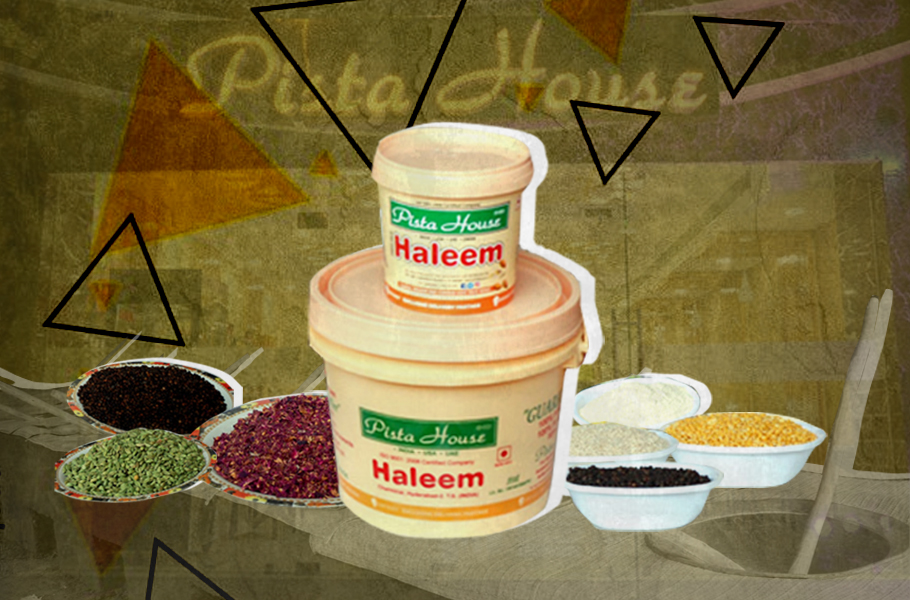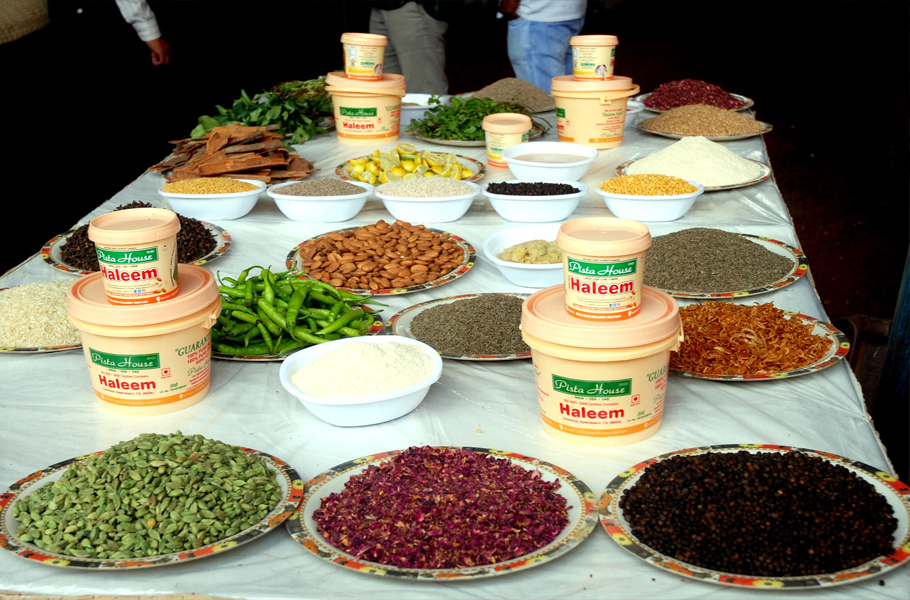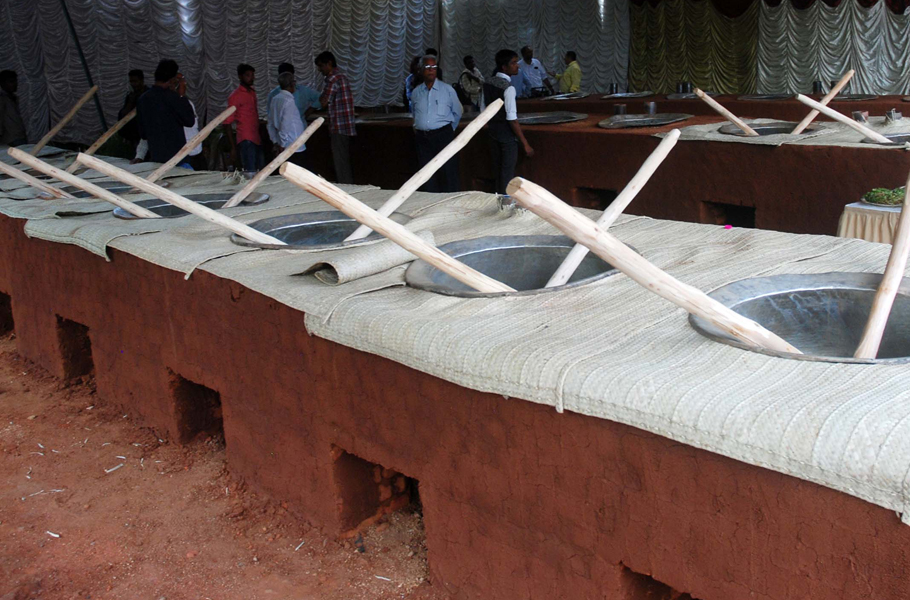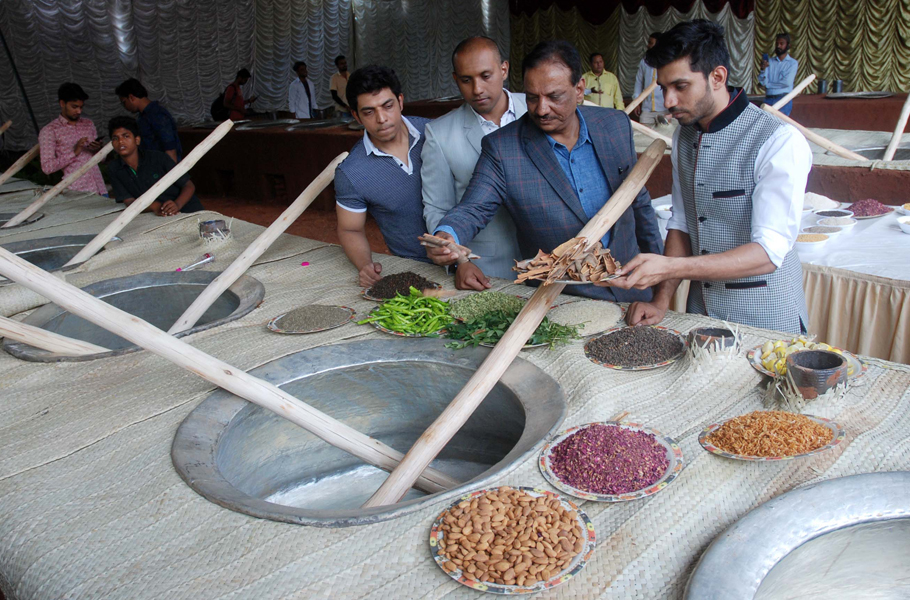
- Home
- India
- World
- Premium
- THE FEDERAL SPECIAL
- Analysis
- States
- Perspective
- Videos
- Sports
- Education
- Entertainment
- Elections
- Features
- Health
- Business
- Series
- In memoriam: Sheikh Mujibur Rahman
- Bishnoi's Men
- NEET TANGLE
- Economy Series
- Earth Day
- Kashmir’s Frozen Turbulence
- India@75
- The legend of Ramjanmabhoomi
- Liberalisation@30
- How to tame a dragon
- Celebrating biodiversity
- Farm Matters
- 50 days of solitude
- Bringing Migrants Home
- Budget 2020
- Jharkhand Votes
- The Federal Investigates
- The Federal Impact
- Vanishing Sand
- Gandhi @ 150
- Andhra Today
- Field report
- Operation Gulmarg
- Pandemic @1 Mn in India
- The Federal Year-End
- The Zero Year
- Science
- Brand studio
- Newsletter
- Elections 2024
- Events
- Home
- IndiaIndia
- World
- Analysis
- StatesStates
- PerspectivePerspective
- VideosVideos
- Sports
- Education
- Entertainment
- ElectionsElections
- Features
- Health
- BusinessBusiness
- Premium
- Loading...
Premium - Events

Why Hyderabadis can’t wait for their favourite Haleem this Ramzan
Haleem, the lip-smacking dish available during the Muslim fasting month of Ramzan, is getting ready to be served in Hyderabad from April 14, after a year’s break. It had not been available during Ramzan 2020 because of the Covid-19 pandemic and lockdown.

“It is very tasty, amazingly delicious, well-balanced and tender dish… It looks like dalia (wheat porridge) and the final product is like a non-veg stringy cheese,” says Zahara Begum, an NRI from the US, excitedly. She just can’t hide her excitement. Haleem, the lip-smacking dish available during the Muslim fasting month of Ramzan, is getting ready to be served in Hyderabad from...
“It is very tasty, amazingly delicious, well-balanced and tender dish… It looks like dalia (wheat porridge) and the final product is like a non-veg stringy cheese,” says Zahara Begum, an NRI from the US, excitedly.
She just can’t hide her excitement.
Haleem, the lip-smacking dish available during the Muslim fasting month of Ramzan, is getting ready to be served in Hyderabad from April 14, after a year’s break. It had not been available during Ramzan 2020 because of the Covid-19 pandemic and lockdown.
Lakhs of Muslims and even others would be waiting for their turn to taste the meat-wheat dish this time and would line up at major hotels or eateries.
Covid-19 disrupts
As Covid-19 cases keep rising this time, restrictions are being imposed. The making of haleem too has been limited to supply in the twin cities of Hyderabad and Secunderabad, that too, it will be available only at limited outlets, unlike in the past, when haleem was available at almost every chowrasta (road junction) through makeshift outlets.
Hoteliers in the city plan to encourage take-away rather than allowing consuming the porridge-like dish hot from the vessels at the joint.
Haleem makers also say that the rates of all ingredients have gone up. Mutton, ghee, wheat, spices, dry fruits and even the firewood have become costlier, compared to previous years.
In addition, the restaurants have to take the burden of following Covid-19 norms stipulated by the government.
Hyderabadi Haleem will not be exported this year to cities like Mumbai and Bangalore or other places. Earlier, hotels in Hyderabad used to export the dish to the UAE and the Middle East. Pista House, which popularised the dish in many countries, has now arranged for local preparation in a limited quantity in the United States.
Even the sheep will be subjected to virus tests before being slaughtered at three designated places on outskirts of Hyderabad. Both government and hotel veterinarians will examine every sheep before granting permission to process it. Warangal, Karimnagar, Nizamabad, Mahbubnagar are among the major sheep supplying districts.
“We test them before buying and again after their arrival at the slaughterhouse,” says a haleem maker.
Till 2019, politicians in many parts of the country used to compete to host iftar parties, with Haleem as a key dish. The Governor and chief ministers would hold their own parties too. Everything stopped since the COVID-19 pandemic struck. This year too, it seems to be doubtful.

The haleem business was said to be worth ₹800 crore till 2019 but the volume may see a drastic fall. “We don’t know how people would respond this year,” says a manager of Sarvi restaurant, another famous joint for haleem.
During this one month, biryani sales fall, with people preferring haleem over biriyani. However, a few eateries tried making the dish available round the year but it did not get much popularity.
What is haleem, how the Hyderabad dish is different
Haleem is a yummy, delicious meat dish made during Ramzan, the ninth month of Islamic calendar when Muslims religiously observe fast from dawn to dusk every day.
Made basically from mutton, pounded wheat, lentils, ghee, and dry fruits, it takes a long time to digest, but haleem gives instant and lasting energy and has been synonymous with Iftar, breaking the fast, after the Maghrib or late evening prayers.
Non-Muslims have to wait till the completion of prayers for the hot steaming haleem. Those breaking the fast start with a fruit or a light food item, then haleem comes on the table for quick energy.
Haleem has its origin in Hareesa or harees, an Arabic dish, which has been popular since the times of the Prophet. Many Muslim scholars believe that the Islamic Prophet had a liking for this special dish, which those days was prepared using barley and meat. Harees means mashing up, as all the ingredients that go into the harees are mashed up into a porridge like dish.
When the Persians came to Hyderabad during the Qutub Shahi period about 500 years ago, they brought with them a variant of harees, called haleem. Most of the ingredients and preparation style of haleem and harees are the same, but they differ in a few spices and ingredients. This makes haleem and harees two distinct dishes with a taste of their own. Hyderabadi haleem evolved further making it a unique dish with a Geographical Indication or GI tag in 2010, adding one more feather in the cap of this historic city. Haleem is the first non-vegetarian Indian food item to get GI.
Haleem means patience as it takes several hours of preparation and cooking. Of late, a few Muslims have launched a movement seeking to rename the dish. They would prefer to call it Daleem, or a dish made of dal (pulses). Their objection to the name, haleem, is that haleem is the name of the Almighty. Haleem is one of the attributes of God as Muslims believe. For Muslims, haleem is one of the dishes of heaven.

Generally considered to have a high calorific value, the dish has also gotten the ‘immunity booster’ tag this time to attract more customers. Some smart haleem entrepreneurs are marketing it a natural dish that fights infections and boosts immunity.
The ingredients, especially the spices, that go into the making of haleem are known for their antioxidant and immune-boosting properties, besides providing the much needed stamina to fight the scorching summer heat, hoteliers claim.
Cumin seeds, shahi jeera, cinnamon, kabab cheeni, saffron, pistachios, cashew, almond, milk, cardamom, and cloves are the ingredients, apart from meat, wheat, pulses, and ghee.
Origin of Haleem
According to historians, Haleem was a Persian dish introduced to Hyderabad during the Asaf Jahi period. As per legends, the dish was introduced by the Chaush (Arabs) people during the Nizam rule.
It was a rich people’s dish initially and was made in royal families.
Haleem was a permanent dish on the dining table of Nizam VI, Mahboob Ali Khan. When there were British and army guests, haleem was a mandatory part of the lunch or dinner at the 101-seater biggest dining hall at Falaknuma Palace, says historian Dr Syed Fazil Hussain Parvez.
According to him, Iranians introduced haleem and Arabs brought Harees. At Barkas (barracks) area, more than one lakh Arabs were living, and they were making Harees, which also became popular among locals. Hyderabad took over haleem and made it a global dish with its unique style of preparation.
“Charminar, Biryani, Sherwani and Haleem have become synonymous with Hyderabad over a period of time,” he says.
Old timers remember that it was Medina Hotel near Charminar that made the commercial launch of haleem in Hyderabad late in the mid-20th century.
The dish became more popular in the 1990s. Many techies started to cherish the dish as an evening snack. As a result, many restaurants in the IT corridor took to haleem business.
While haleem made of mutton is the original one, people also started preparing chicken and vegetarian haleem. Fish haleem too is available. But most of the people prefer the dish made of sheep meat, according to Mohammed Irfan of Shah Ghouse.
The dish can also be flavoured with cream, dry fruits, rose petals and spices and the rates would be far higher.
Originally a Muslim food, now for all
Over a period of time, Haleem has become a dish savoured by a lot of non-Muslims, resulting in the rates going beyond the reach of the ordinary Muslims. A plate now costs around Rs 200. An individual or a middle class family of five cannot think of having it for more than a couple of times during the season.
“After we entered the haleem business in 1997, we tried making it available at many places. As a result, techies, corporate executives, and others belonging to non-Muslim communities started enjoying the food”, says Pista House owner MA Majid, who is also president of the Haleem Makers Association.

Not all can cook haleem
There is a lot of physical strain that goes into the making of haleem before it is served hot and steaming. The cooks at the specially made bhattis (kilns) begin their work before dawn and it lasts till dusk. They have to keep on stewing the dish constantly on a low flame, failing which the paste will lose its crispness and would have mutton pieces or spices not mixed well. This requires 12 long hours of cooking.
There is no special training for these cooks. They learn the skill and art while working under an experienced cook. About 6,000 haleem cooks are employed for a month.
This time, major haleem makers have arranged specialist cooks to stay at a function hall for the whole month. They are expected to report at the function halls by April 10, to undergo RT-PCR tests.
Servers will also undergo temperature tests before joining duty every day. Haleem bhattis (ovens) are getting ready at the places specially selected for the nutritious dish. Pista House has taken up a function hall at Basheerbagh for the making of the dish and the workers’ stay.
Majid tells The Federal, “All our members have taken the decision to strictly adhere to the Covid-19 rules fixed by health authorities. We are not going to risk the lives of our customers, staff and ourselves.”
There are an estimated 5,000 haleem joints in Hyderabad and Secunderabad and another 1,000 to 1,500 across Telangana cities and towns. The dish is of late is becoming popular in the neighbouring Andhra Pradesh. Haleem cafes have come up in Vijayawada, Guntur, and Visakhapatnam.
MBA students as delivery boys
There was a time when popular haleem joints in Hyderabad used to provide temporary employment to students, mostly MBA grads.
Pista House alone hired over 200 students. Restaurants such as Shah Ghouse, Niagara, Bahar also engaged students to take orders for drive-in eating.
“The commission paid to us per plate would help us meet our personal expenses for many months,” says an MBA final year student.
For some, this amount would come in handy for celebrating Ramzan on the last day of the holy month.
